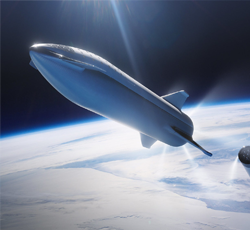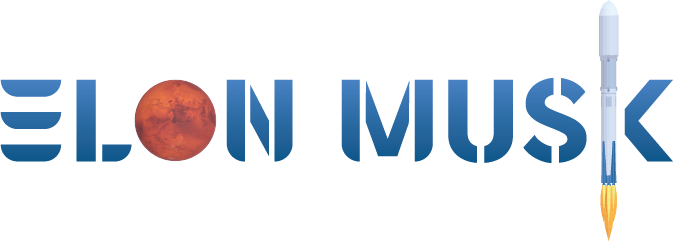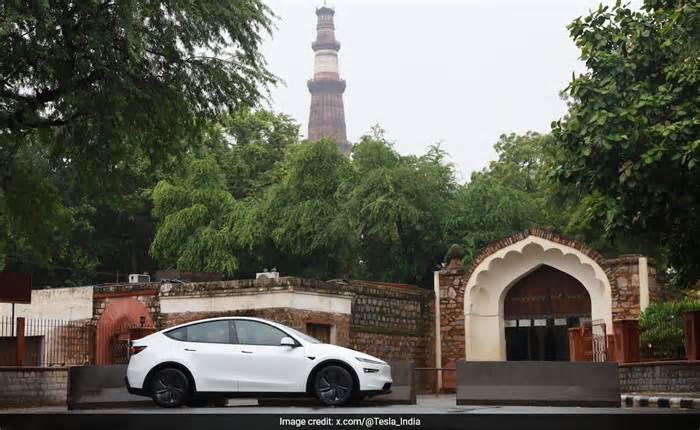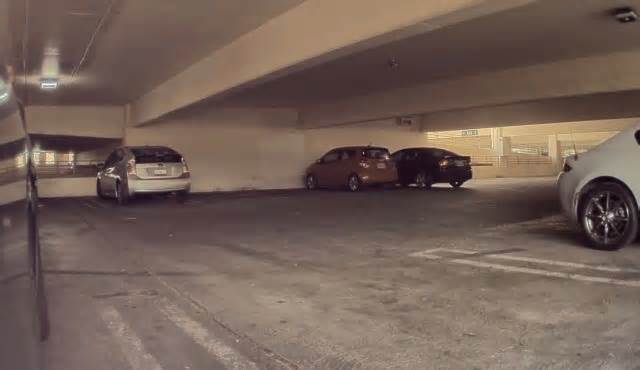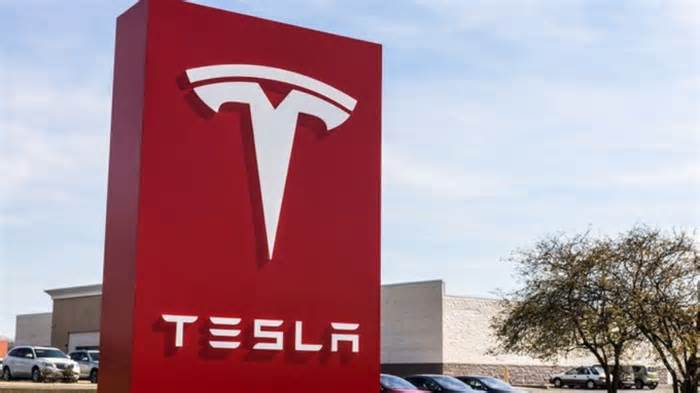
Inside SpaceX Starbase’s Worker Injury Surge
- by TechStory
- Jul 18, 2025
- 0 Comments
- 0 Likes Flag 0 Of 5

Linkedin
SpaceX’s Starbase facility in Texas is the nerve center of one of the most ambitious aerospace projects in history the development of the Starship rocket, a fully reusable super-heavy launch system intended to take humans to the Moon and Mars. But while the rockets soar, safety on the ground has struggled. Workers at Starbase are injured at a rate significantly higher than industry peers, raising red flags about the company’s safety practices and risk management culture.
You might also like McGregor, TX (engine testing): 2.48
Bastrop, TX (Starlink manufacturing): 3.49
Hawthorne, CA (Falcon rockets): 1.43
Redmond, WA (satellite manufacturing): 2.89
Industry average (aerospace manufacturing): 1.6
Only SpaceX’s West Coast booster recovery operations, which involve dangerous sea barge activities, reported a higher TRIR at 7.6.
Speed, Innovation and Human Cost?
Starbase’s role in SpaceX’s ambitious goals may partially explain the safety challenges. The site is the company’s testing ground for Starship, a behemoth rocket system still in active development. Since its first orbital flight test in April 2023, SpaceX has conducted eight integrated launches, including three groundbreaking Super Heavy booster recoveries using “chopstick” arms on the launch tower.
This rapid-fire testing cycle rare even in the fast-paced world of private space demands long hours, high-risk engineering tasks, and accelerated iteration. But experts warn that speed and innovation should not come at the cost of worker safety.
“This TRIR is a red flag that there are serious safety issues that need to be addressed,” said Debbie Berkowitz, former OSHA chief of staff, in comments to TechCrunch.
Questioning the Metrics
Some safety professionals question whether TRIR is the best measure of workplace safety, especially when it comes to serious injuries or fatalities. It treats a minor cut requiring stitches the same as a life-altering injury. A recent paper has challenged TRIR’s statistical validity and called for more nuanced metrics.
Still, TRIR remains the federal standard and is used in contract evaluations by agencies like NASA.
OSHA Inspections Reveal Alarming Incidents
Between 2021 and 2025, OSHA conducted 14 inspections at SpaceX facilities, six of which involved Starbase. Notable incidents include:
A partial finger amputation in 2021.
A crane collapse in June 2025, which remains under active investigation.
Numerous other injuries, including crushed limbs and one fatality, uncovered by independent investigations.
These reports indicate that the TRIR only scratches the surface. The actual number of serious and unreported injuries may be far higher.
NASA’s Contractual Leverage But No Trigger Yet
NASA has invested heavily in Starship, awarding SpaceX over $4 billion for two crewed missions to the Moon under the Artemis program. The agency’s contracts include clauses that allow intervention in cases of a “major breach of safety,” such as repeated or willful OSHA violations or worker fatalities.
However, high TRIR rates do not automatically qualify as breaches. NASA remains in regular contact with SpaceX on safety issues and emphasized in a statement that “safety is paramount to NASA’s mission success.”
Compared to rivals like Blue Origin and United Launch Alliance (ULA), SpaceX’s Starbase looks like an outlier. In 2024:
ULA’s Decatur, Alabama plant: TRIR of 1.12
Blue Origin’s Florida facility: TRIR of 1.09
These figures are less than a quarter of Starbase’s injury rate, despite similar manufacturing and launch activity. This sharp contrast underscores how uniquely hazardous Starbase has become and raises questions about whether its breakneck development pace is sustainable without reform.
For SpaceX, maintaining aggressive timelines for Starship development while ensuring worker safety will be a monumental challenge. The data suggests improvement is possible TRIR has decreased from 5.9 in 2023 to 4.27 in 2024 but the margin is still large.
To stay aligned with government expectations and to avoid legal or reputational damage, SpaceX will likely need to:
Reinvest in worker safety training
Implement stronger internal reporting protocols
Adapt workflows to reduce pressure on frontline employees
Proactively engage with OSHA before regulatory action becomes inevitable
Starbase represents the future of human space exploration a frontier where rockets are designed to colonize other planets. But the current injury data is a stark reminder that even the most visionary ambitions must reckon with reality on the ground. Until SpaceX addresses its safety culture, the cost of reaching the stars may continue to be measured not just in dollars, but in lives and limbs.
Please first to comment
Related Post
Stay Connected
Tweets by elonmuskTo get the latest tweets please make sure you are logged in on X on this browser.






 Energy
Energy